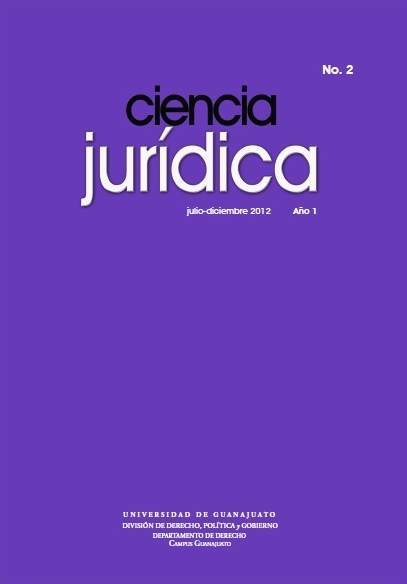Abstract
In the construction industry, the right classification of costs, including direct and indirect expenses, is of utmost importance to give certainty to the decision making process for tendering and expected profit of a given work proposal. In this paper, the process of classification of costs and direct and indirect expenses is analyzed from two view-points: while the technical one is carried out considering the Bylaw of the Public Works and Related Services Law for the State and Municipalities of Guanajuato, the accountable and financial one is done according to the Financial Information Standards. Based on found costs classification discrepancies, solutions to improve costs categorization for the construction industry are proposed.References
ARBOLEDA LÓPEZ, Sergio Andrés, Presupuesto y programación de obras civiles. México, D. F. Editorial Instituto Tecnológico Metropolitano, 2007, p. 84.
GARCÍA COLÍN, Juan, Contabilidad de costos 2, segunda edición, México, D. F., ed. Mc Graw Hill, 2001, p. 13.
GONZÁLEZ MELÉNDEZ, Raúl, “Unificando Criterios”, Ingeniería Financiera y de Costos, México, D.F. año LIX, núm., 484, agosto de 2009, pp. 28-32.
RAMíREZ PADILLA, David Noel, Contabilidad administrativa, octava edición, México, D.F., ed. McGraw Hill, 2008, p. 37.
SUÁREZ SALAZAR, Carlos, Costo y tiempo en edificación, 3ª. Edición, México, D.F., Editorial Limusa, 2005, p. 25.
VARELA A LONSO, Leopoldo, Ingeniería de costos, teoría y práctica en construcción, México, D.F., editorial InterCost, 2009, p. 129. documentos
Periódico oficial del gobierno del Estado. Reglamento de la ley de obra pública y servicios relacionados con la misma para el Estado y los municipios de Guanajuato, Guanajuato, Gto. 2005, número 148, pp. 32-33.
Normas de información financiera, sexta edición, México, D.F. Instituto Mexicano de Contadores Públicos, 2011, p. 717.
Diario Oficial de la Federación. Reglamento de la Ley de Obras Públicas y Servicios Relacionados con las mismas, 2010, p. 72.
The authors retain the copyright and must provide in writing the authorization for the first publication, via a computer network and printed to Juridical Science. Third parties are allowed to use the published information provided that the authorship of the work and the first publication in this journal are respected and made public.
The works published in this magazine are under a License CreativeCommons Attribution-Non-Commercial-ShareIgual 4.0 International.

